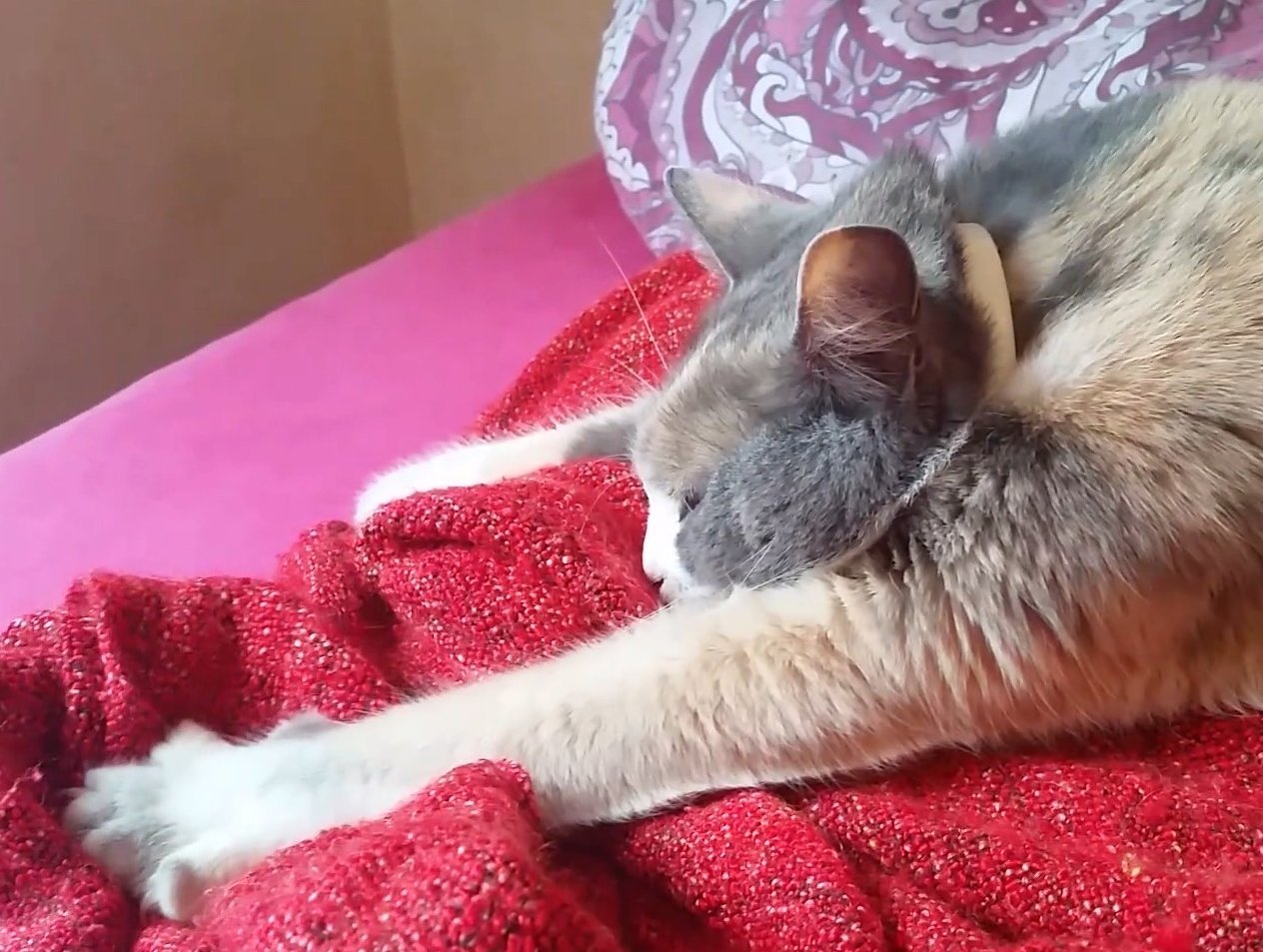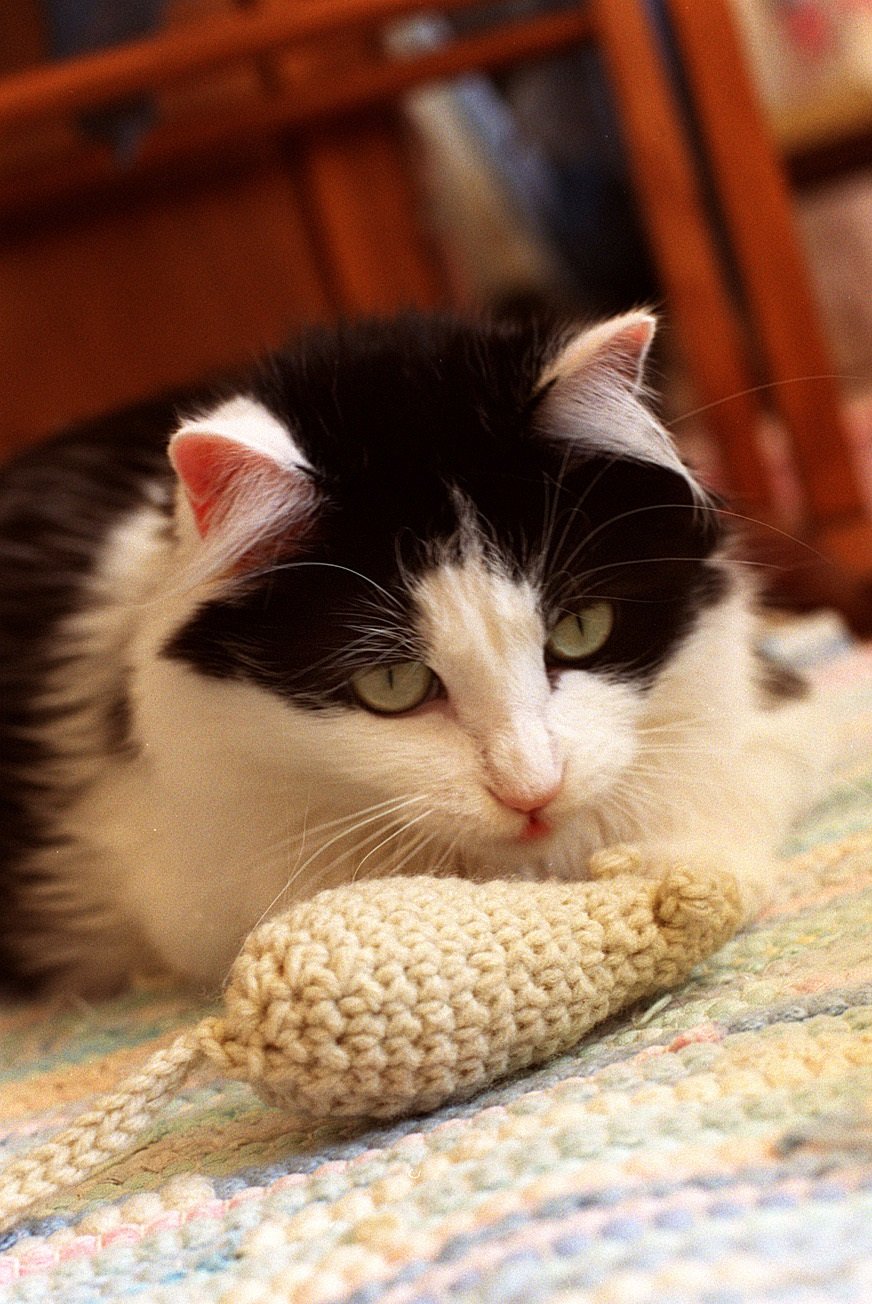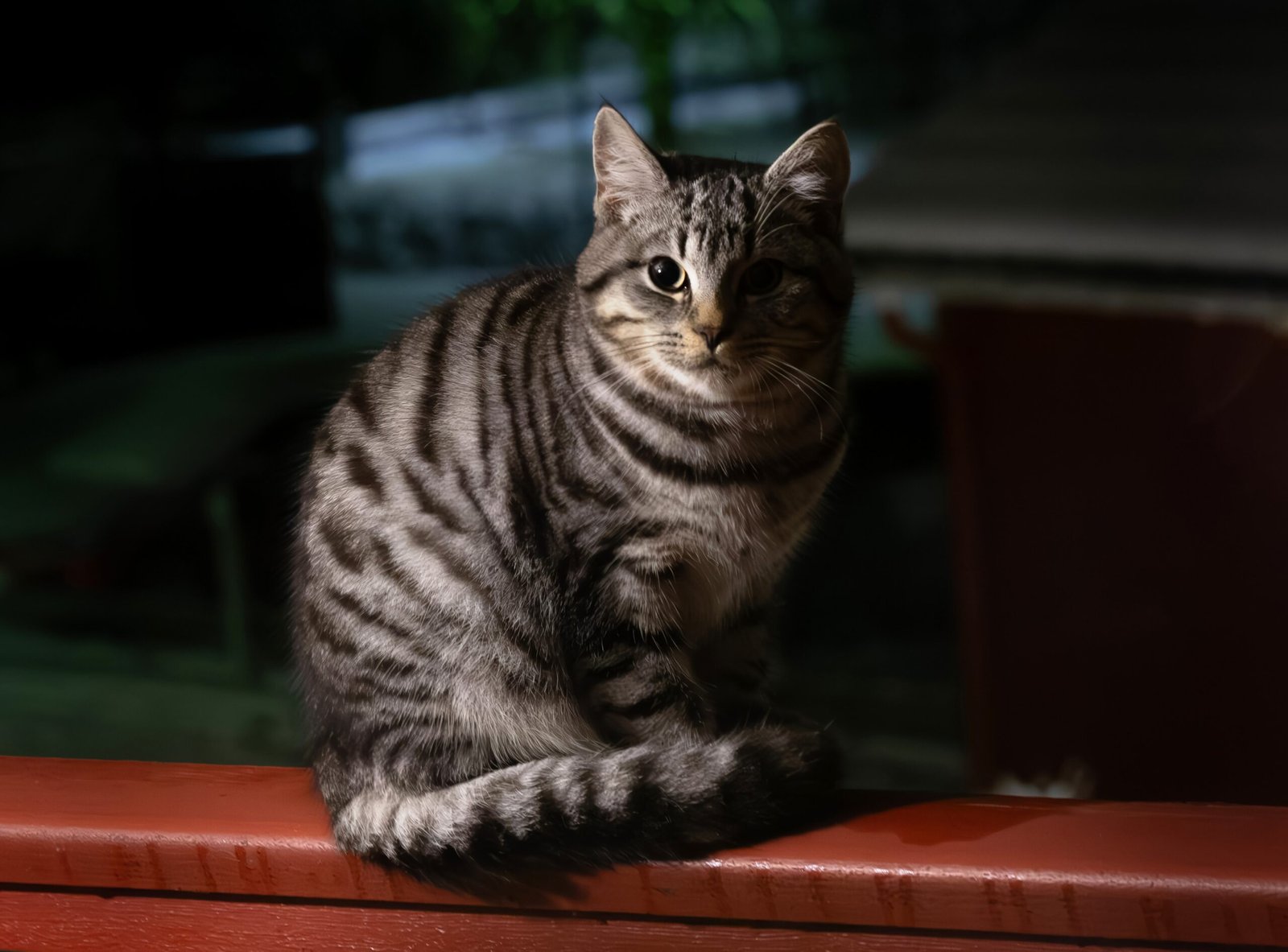Have you ever looked into your cat’s eyes and wondered, “What on earth are you thinking?” Cats are famous for being mysterious, almost like they’re keeping a thousand little secrets hidden behind those mesmerizing eyes. Every whisker twitch, tail flick, and sudden zoomie tells a story—if only we knew how to read it. If you’ve ever wished you could crack the secret code of feline behavior, you’re not alone. Grab your favorite cat mug and settle in, because we’re about to unravel the fascinating language of cats. You might be surprised by just how much your kitty has been trying to say!
Slow Blinking: The Love Signal
Cats are famously mysterious creatures, often leaving their human companions guessing about what they’re thinking or feeling. From sudden sprints around the house to slow blinks and gentle headbutts, feline behavior is full of subtle (and not-so-subtle) messages. While some actions may seem quirky or random, they often carry deeper meaning rooted in instinct, emotion, and communication. Understanding these behaviors not only helps you meet your cat’s needs more effectively but also strengthens the unique bond you share.
When your cat looks at you and slowly blinks, it’s like getting a soft, silent “I love you.” Many people call this the “cat kiss.” Cats reserve slow blinks for those they trust and feel safe with, making it a powerful sign of affection. You might notice your cat doing this from across the room or when you’re relaxing together. If you return the slow blink, you’re speaking their language! This isn’t just a sweet gesture; it’s a communication tool cats use to show they’re comfortable and calm. Next time your cat gives you the slow blink, try it back and watch their reaction. Some owners even say their cat blinks back, almost like you’re sharing a little inside joke.
Purring: More Than Just Happiness

That soothing rumble you feel when your cat lies on your lap isn’t always a simple sign of happiness. While many cats purr when content, they also purr in moments of pain, stress, or even fear. It’s a self-soothing mechanism, kind of like how people hum or rock when anxious. Some scientists even believe purring has healing powers—promoting bone growth and reducing pain. So, if your cat is purring at the vet or after an injury, they might be trying to comfort themselves. Still, if your cat purrs while snuggling in your arms, it’s probably a sign of pure bliss. Isn’t it amazing that something so simple can have so many layers?
Kneading: The Kitten Throwback

If you’ve ever found yourself being gently “massaged” by your cat’s paws, you’ve experienced kneading. This adorable behavior starts in kittenhood, when kittens knead their mother’s belly to encourage milk flow. Adult cats carry this habit into their grown-up lives as a way to express comfort and contentment. It’s their way of saying, “I feel safe here.” Some cats knead soft blankets, your lap, or even your stomach, sometimes with claws out—ouch! While it can be a bit painful, it’s meant as a compliment. Your cat is telling you they trust you just like they trusted their mama.
Head Butting and Cheek Rubbing: Sharing Their Scent
When your cat bumps their head against you or rubs their cheeks on your hands, they’re not just saying hello. This is called “bunting,” and it’s a way for cats to mark you with their scent. Cats have special glands on their heads and cheeks that release pheromones, which helps them claim you as “theirs.” You might notice your cat headbutting furniture, walls, and even other pets. It’s a sign of deep trust and affection. Think of it as your cat’s way of signing their name on you, saying, “You’re part of my family.” It’s a little weird, but also really sweet!
Chirping and Chattering: The Hunter’s Song

Ever heard your cat make a series of high-pitched “chirps” or weird chattering noises at birds outside the window? This quirky sound is rooted in their instincts as hunters. Experts think cats chirp and chatter when they spot prey they can’t reach, like birds or squirrels. Some believe it’s an expression of frustration, while others think it might be a way of mimicking the sound of prey or practicing their killing bite. Either way, it’s a reminder that your fluffy friend is a fearsome predator at heart—even if their fiercest opponent is a feather toy.
Tail Twitching and Flicking: Mood Meter

A cat’s tail is like a mood ring—if you know how to read it. A slow, gentle swish usually means your cat is curious or focused. But if the tail is flicking quickly or thumping, watch out! That’s often a sign of annoyance or agitation. Sometimes, a cat will twitch just the tip of their tail when they’re concentrating, like during play or when stalking a bug. If you see an upright tail with a little quiver, congratulations—your kitty is thrilled to see you. Learning to read your cat’s tail language can help you avoid unwanted scratches and strengthen your bond.
Exposing the Belly: Trust or Trap?

Few things are cuter than a cat rolling onto their back and showing you their belly. While it might seem like an open invitation for a belly rub, beware—this is often a trap! Exposing the belly is a sign your cat feels safe and trusts you, as this is their most vulnerable position. But most cats don’t actually want you to touch their stomach. Some will tolerate a gentle rub, while others will clamp down with all four paws. It’s like a feline trust fall—respect their boundaries, and you’ll stay on their good side.
Bringing You “Gifts”: The Ultimate Compliment

As strange as it sounds, when your cat drops a dead mouse or toy at your feet, they’re showering you with love. In the wild, mother cats bring prey back to their kittens to teach them how to hunt. By bringing you “gifts,” your cat is treating you like family—sometimes even like a slightly clueless kitten. It’s their way of sharing their success and caring for you. Even though the “gift” might be gross or unexpected, remember that it comes from a place of affection. Thank your cat (and maybe invest in some safe, indoor toys).
Sudden Zoomies: The Midnight Crazies
If your cat suddenly tears through the house at breakneck speed, you’re witnessing the famous “cat zoomies.” This behavior is especially common late at night or after using the litter box. Zoomies are a burst of pent-up energy, kind of like a kid after too much sugar. Indoor cats, in particular, need these wild runs to stretch their muscles and release stress. While it might seem random, zoomies are perfectly normal. Just be glad your cat isn’t knocking over anything breakable—or at least, not this time.
Hiding: Seeking Safety and Solitude
Cats are natural-born hiders. Whether it’s under the bed, inside a closet, or behind the couch, a hiding cat is often looking for safety or a little alone time. Stress, illness, or loud noises can send your kitty running for cover. But even healthy, happy cats hide just to nap in peace. If your cat starts hiding more than usual, it might be a sign something’s wrong—like illness or anxiety. Otherwise, think of hiding as your cat’s version of “do not disturb.” Everyone needs a break sometimes, even our feline friends.
Grooming You: Social Bonding
When your cat licks your hand, hair, or even your face, they’re not just being cute—they’re bonding with you. In cat colonies, mutual grooming is a sign of friendship and trust. By grooming you, your cat is treating you like a family member. It’s also a way to mark you with their scent, reinforcing your place in their social circle. Some cats will even nibble gently, which is another affectionate gesture. Sure, a sandpapery tongue isn’t the same as a human hug, but in the world of cats, it’s pure love.
Scratching: More Than Just Sharpening Claws
If your cat is turning your furniture into a scratching post, they’re not being naughty on purpose. Scratching is a natural behavior that serves several purposes. It helps cats shed old claw sheaths, stretch their muscles, and mark territory with scent glands in their paws. Providing scratching posts (and lots of praise for using them) can save your sofa and keep your cat happy. Think of scratching as your cat’s way of leaving a signature, like carving their initials into a tree.
Meowing: The Language of Humans
Here’s a fun fact: Adult cats rarely meow at each other. They developed meowing specifically to communicate with humans. Each cat has their own “meow vocabulary”—from plaintive whines to demanding yowls. Your cat might meow to greet you, ask for food, or protest being ignored. Some breeds, like Siamese, are especially vocal. Pay attention to the tone and frequency of your cat’s meows; it might just help you decipher what they’re trying to tell you. It’s like living with a tiny, furry, opinionated roommate.
Arched Back and Fluffed Tail: Fear or Play?

When your cat arches their back and puffs up like a Halloween decoration, they’re either frightened or excited. This dramatic display makes them look bigger to scare off threats. Sometimes, though, you’ll see this posture during play, especially in kittens. Watch the context: if your cat is stiff and hissing, they’re scared; if they’re bouncing sideways with wide eyes, they’re just having fun. This behavior is a reminder that, even at their silliest, cats are always ready to defend themselves—or just show off.
Staring: Curiosity or Challenge?
Cats are intense starers. Sometimes your cat will lock eyes with you from across the room, and it can feel a little unsettling. In cat language, a direct stare can mean curiosity, affection, or even a challenge. If the stare is soft and followed by a slow blink, it’s a sign of trust. But if your cat’s pupils are dilated and their body is tense, it might be a warning. Most of the time, your cat is just trying to figure you out—after all, people can be pretty confusing too. Next time your cat stares at you, try to interpret the context. Are they hungry, playful, or just fascinated by your every move?
Decoding your cat’s behaviors is like learning a new language—one built on body cues, routines, and subtle gestures. While cats may not communicate the way dogs or humans do, their actions are rich with meaning once you know what to look for. By understanding these behaviors, you gain valuable insight into your cat’s needs, moods, and trust in you. The more you observe and respond with empathy, the deeper your connection will grow. In the end, truly listening to what your cat is saying—through actions rather than words—is key to building a happier, more harmonious life together.

Esther is from India; the heartbeat of South Asia, holding a Master’s degree in Zoology and a postgraduate diploma in Animal Welfare. Her enthusiasm for animal welfare drives her passion and dedication to working for animals, ensuring their well-being, and advocating for their rights. With a solid academic background and hands-on experience, she is committed to making a positive impact in the field of animal welfare. In her free time, she enjoys embroidery and sewing. As a Chennaite from Tamil Nadu, Esther loves Bharathanatyam, an Indian classical dance form.






